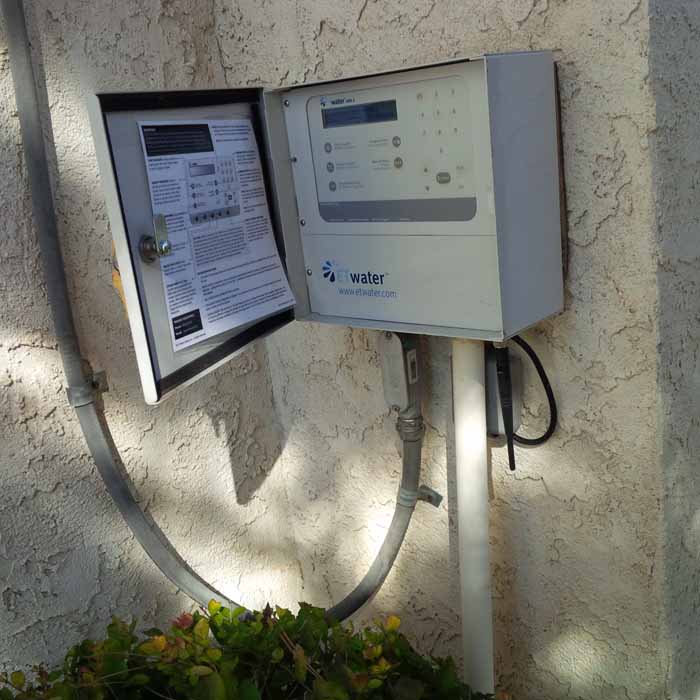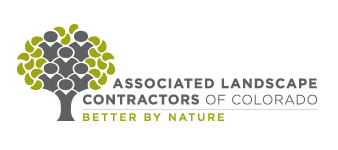|
Wednesday, March 23, 2016 03:00 AM |
|
 At ProGreen 2016, 75 members of the Colorado landscape industry gathered to discuss “What should the Colorado landscape look like?” The two-hour roundtable discussion helped create the foundation for what organizers hope will become a voluntary model ordinance for landscapes in the state. Brent Mecham (Irrigation Association) and Kristen Fefes (ALCC) facilitated the discussion. At ProGreen 2016, 75 members of the Colorado landscape industry gathered to discuss “What should the Colorado landscape look like?” The two-hour roundtable discussion helped create the foundation for what organizers hope will become a voluntary model ordinance for landscapes in the state. Brent Mecham (Irrigation Association) and Kristen Fefes (ALCC) facilitated the discussion.
The group shared ideas about how landscape professionals can contribute to the implementation and ultimate success of the plan. But they also identified parts of the water plan that need refining as the plan moves forward. For example, there are terms used that need to be defined. Efficiency is a word that appears often, but that efficiency is not explained. The same goes for other phrases such as “low water.”
The roundtable group addressed the following questions:
-
What does a “more water-conserving landscape” look like?
-
How can we better use our BMPs to renovate existing landscapes to save more water?
-
What are the most critical principles in an ordinance for new landscapes?
-
What are the most critical principles in an ordinance for retrofitting existing landscapes? What are the biggest challenges with designing an ordinance for retrofitting existing landscapes?
-
How do rebates factor into these ordinances? What are the best incentives?
-
How can we design, build & maintain landscapes differently and better to save water and move from aesthetic to essential?
-
What skill sets & technical knowledge do we need as an industry to design, build and manage the ‘new’ Colorado landscape?
Regardless of the question posed, the responses were often the same, echoing a common theme.
-
Landscape experts and water experts agree that water allocations/water budgets and irrigation system efficiency is key to reducing outdoor water use.
-
Community education is vital—consumers need to understand how and why they must make substantial changes in their landscapes and their habits.
-
Landscapes must be created with a purpose in mind, and they must be built to properly and efficiently serve the purpose.
-
Water providers must be flexible in setting rules and guidelines. Mandating water savings can hurt those who are already efficient; if they are operating at peak efficiency, they won’t be able to meet water savings goals.
-
Further discussion is needed regarding oversight and enforcement of the ordinance.
Discussion facilitators took the information gathered at ProGreen and will use it as they, with the help of ALCC members, move forward to develop the model ordinance template in the coming months.
Read more in this issue of Colorado Green NOW:
2016 ELITE Awards presented by ALCC
Volunteers in the spotlight at awards ceremony
Help needed to simplify Colorado sales tax
CSU shines at National Collegiate Landscape Competition |


 At ProGreen 2016, 75 members of the Colorado landscape industry gathered to discuss “What should the Colorado landscape look like?” The two-hour roundtable discussion helped create the foundation for what organizers hope will become a voluntary model ordinance for landscapes in the state. Brent Mecham (Irrigation Association) and Kristen Fefes (ALCC) facilitated the discussion.
At ProGreen 2016, 75 members of the Colorado landscape industry gathered to discuss “What should the Colorado landscape look like?” The two-hour roundtable discussion helped create the foundation for what organizers hope will become a voluntary model ordinance for landscapes in the state. Brent Mecham (Irrigation Association) and Kristen Fefes (ALCC) facilitated the discussion.